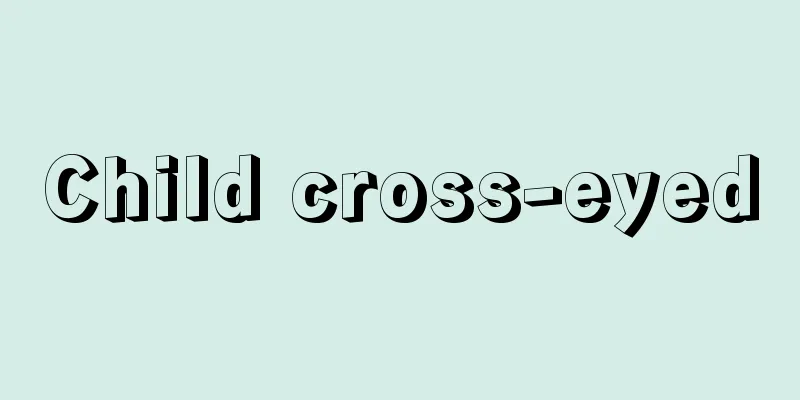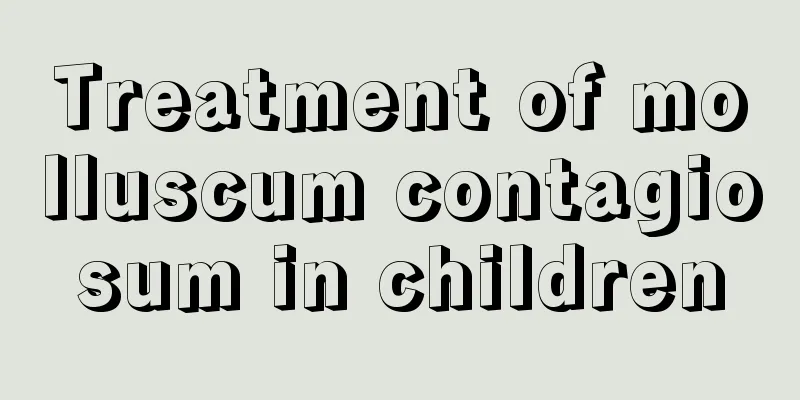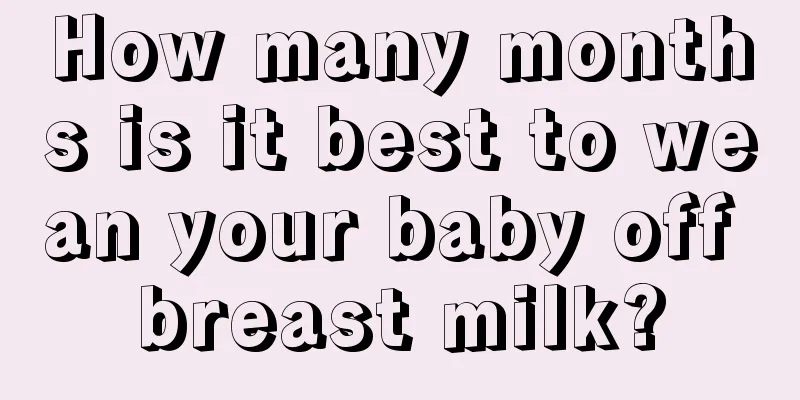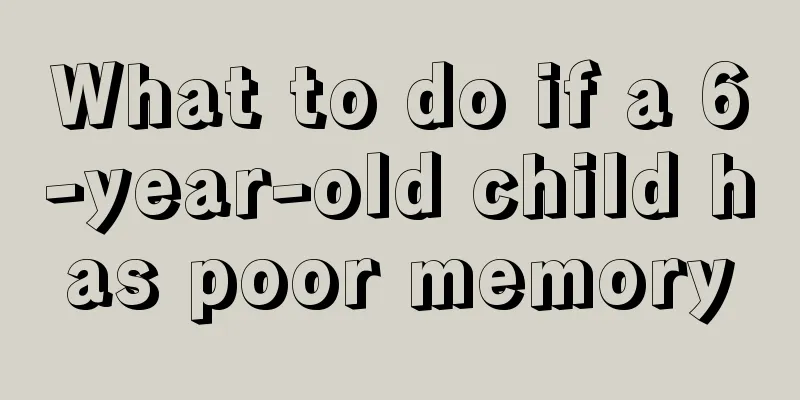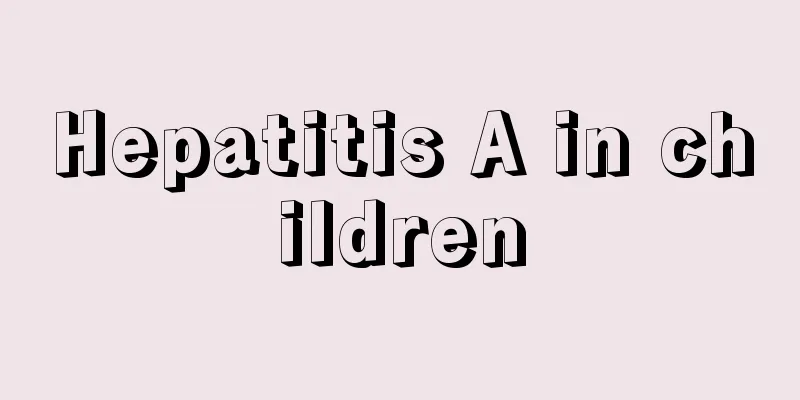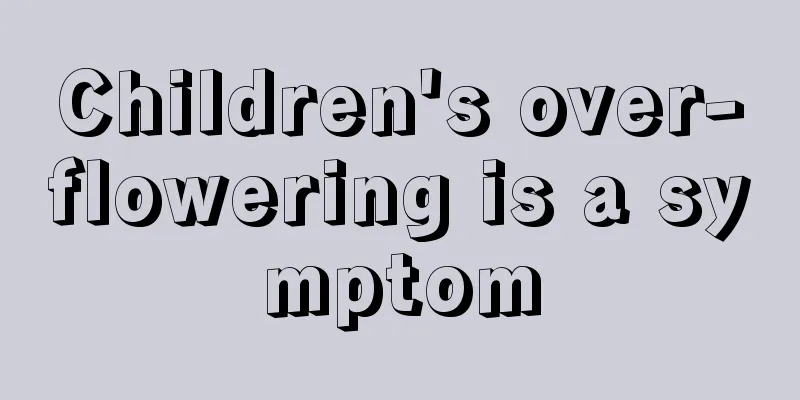Precautions for children's tooth replacement
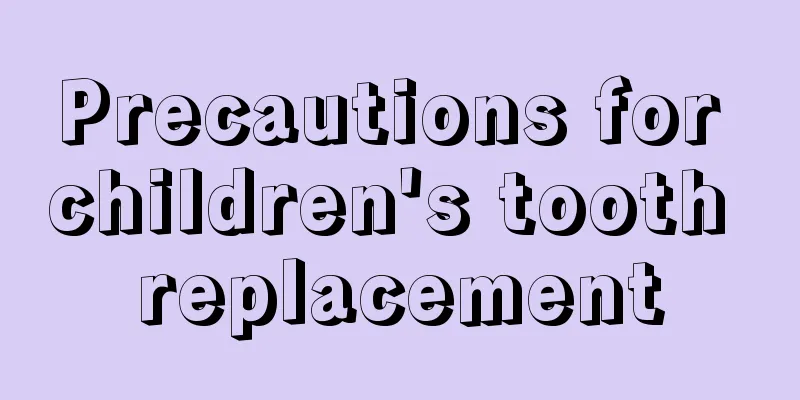
|
Tooth replacement is the process in which permanent teeth grow and deciduous teeth fall out. Children generally encounter a series of problems when replacing their teeth, so we must pay attention to it. Children may have problems with retained deciduous teeth and premature loss of deciduous teeth. Children may also have difficulties in the eruption of permanent teeth and problems with misaligned teeth, so we need to pay attention to these problems. Children's teeth replacement requires us to do a good job of care. We need to provide psychological care, nutritional and dietary care for children who are changing teeth. We can also provide physical care for children who are changing teeth. Teeth that don't fall out It usually takes several months for a tooth to become loose at the root and actually fall out, and it usually falls out on its own when you are not paying attention, such as when you eat. But some teeth are like being tied with a string and never fall off. This may affect chewing or make the child feel unhappy. In this case, let your child try to rotate it. If the tooth root is completely detached, a slight rotation will make it fall out. Do not force it, and certainly not pull it hard, because if the tooth root is only half detached, strong pulling can easily cause damage and infection. It hurts a little when changing teeth The process of teeth loosening and falling out is generally not painful, but as the baby teeth begin to fall out, the children's "six-year teeth" will also grow out, which may cause swelling of the gums and cause children to complain of toothache. If the child's pain is severe, he or she needs to see a dentist, who will decide whether anti-inflammatory and analgesic treatment is needed. After all, it takes a process to replace teeth. During this period, the child may complain that he cannot chew food. But even if he does not enjoy eating, it is necessary to ensure a reasonable and balanced diet. At this time, parents can make some vegetable soup, broth and other foods that are easy to chew and swallow to ensure the body's needs. At the same time, encourage him to brush his teeth and clean his mouth. The deciduous teeth are still there, but the permanent teeth are coming out For some children, their permanent teeth cannot wait to come out before their deciduous teeth fall out, causing the teeth to be arranged in two rows, front and back. This is not a rare phenomenon, but a common "double-layer teeth" phenomenon when children are changing their teeth. This is most likely due to incomplete resorption of the primary tooth roots. Your doctor can usually determine the relative position of the primary and permanent teeth by taking oral X-rays to help him determine whether the primary teeth will fall out on their own or need to be removed. Once the baby teeth fall out or are removed, the permanent teeth will usually grow into the correct position slowly, but if there is not enough space for the permanent teeth to grow, early intervention is better than correction later. Tooth extraction too early or too late Too early: Generally, children's first tooth falls out between the ages of 5 and 7. If a tooth falls out before the age of 4, it is usually caused by internal reasons in the body, such as metabolic disorders or periodontal disease. Gingivitis is more common among children, but periodontal disease causing tooth bone damage is very rare. Parents need to know what causes premature loss of deciduous teeth in order to protect the remaining deciduous teeth. Too late: If your child is over 7 years old and has not lost any teeth, you should take him to the hospital's dental department for a check-up. Delaying tooth replacement generally does not have any major impact on children. Sometimes, permanent teeth are "grown" under the gums for a longer period of time, which allows them to develop naturally strong and break through the "confinement" of the gums more smoothly. Above, we introduced some problems that may arise when children's teeth are replaced. We also proposed solutions and plans for these problems, so you can refer to them. If you encounter problems with children's teeth replacement, don't panic. We can use the methods introduced above to solve them. |
<<: Symptoms of autism in children
>>: Three major snack culprits that damage baby's intelligence
Recommend
What are the hazards of smog to children?
Haze is quite harmful to children, because their ...
What should I do if my child has rabbit teeth?
There are many reasons that may cause children to...
Is it good for children to eat goose eggs?
Goose eggs are a very nutritious food. Children c...
What should I do if my child has a fever and feels cold?
People will suffer from some diseases in their da...
Why do you like biting your nails?
Parents should have discovered that their babies ...
What should I do if my 8-year-old child refuses to eat?
Parents attach great importance to children's...
Can children grow taller by drinking milk?
Height is something we are always concerned about...
What to do if your child has oral herpes and a fever
Many children in their early childhood are often ...
Reasons for hot soles of baby's feet
The baby's physical health is the most import...
Five-month-old baby dry cough examination diagnosis
The immunity of a 5-month-old baby is relatively ...
How to stop diarrhea quickly in children
Children are the little elves in the family and a...
The child's lower lip suddenly swells
If the child's lower lip is swollen, parents ...
What medicine is effective for children with cold and fever
When using medicines for children's colds and...
What to do if a child has a fever and convulsions
Fever and convulsions in children are a relativel...
If your child still poops standing up when he grows up, he may suffer from functional encopresis
Children's urination and defecation are alway...
